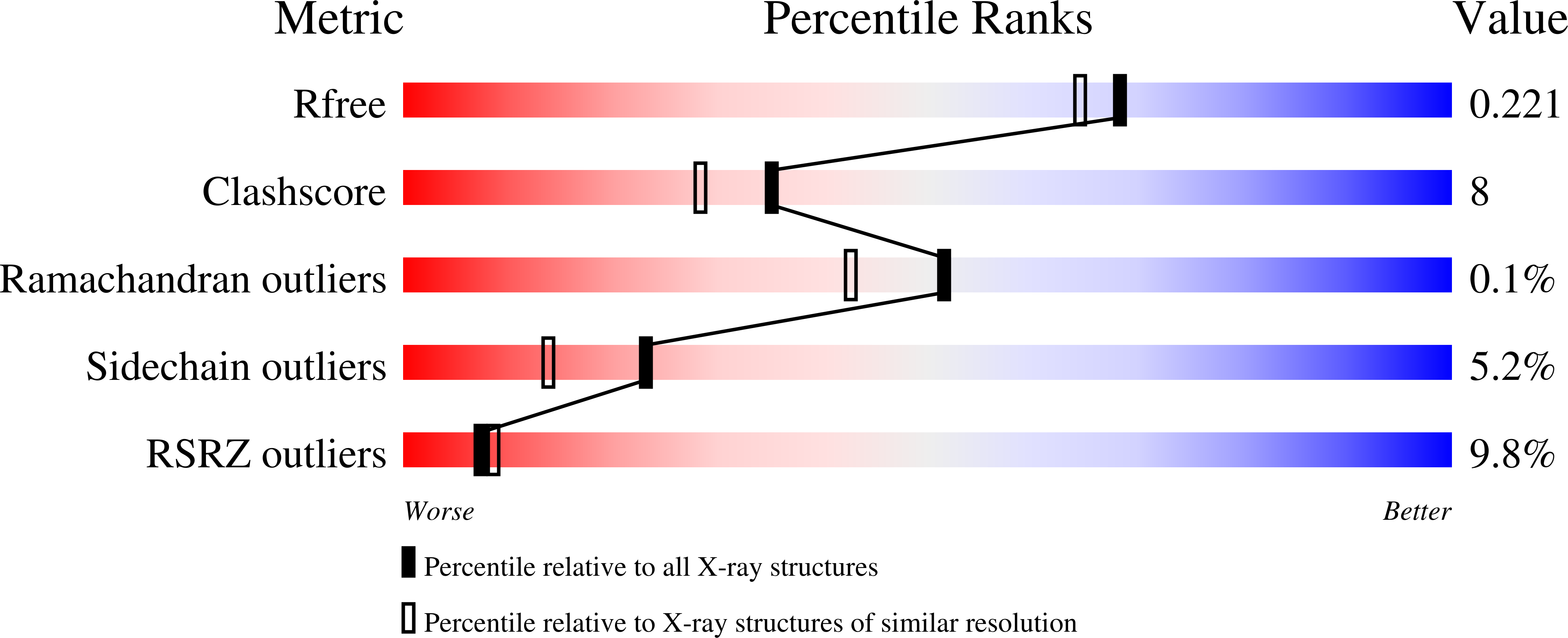
Deposition Date
2007-03-06
Release Date
2007-04-10
Last Version Date
2023-08-30
Entry Detail
PDB ID:
2P1O
Keywords:
Title:
Mechanism of Auxin Perception by the TIR1 ubiquitin ligase
Biological Source:
Source Organism:
Arabidopsis thaliana (Taxon ID: 3702)
Host Organism:
Method Details:
Experimental Method:
Resolution:
1.90 Å
R-Value Free:
0.23
R-Value Work:
0.18
R-Value Observed:
0.18
Space Group:
C 1 2 1


